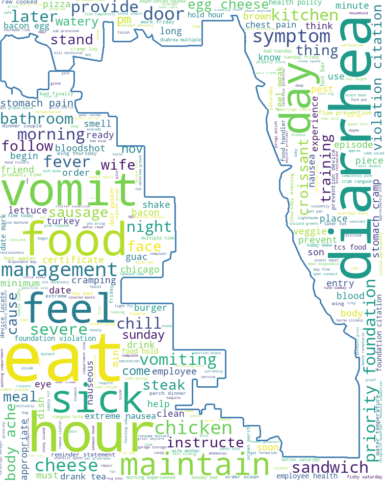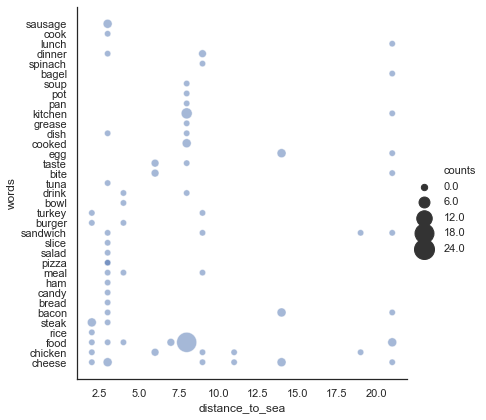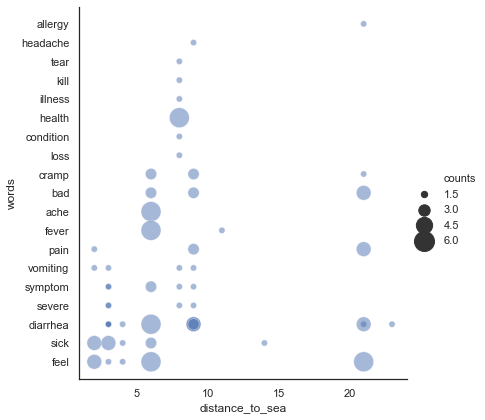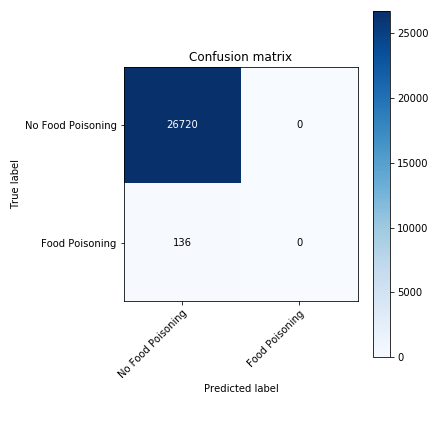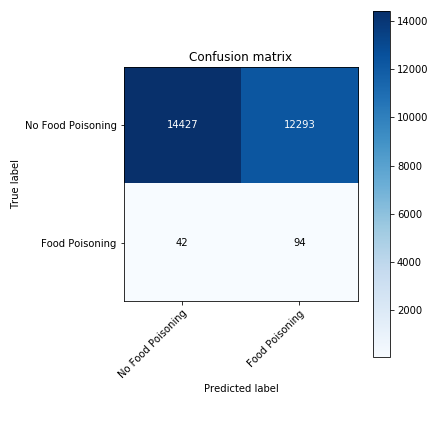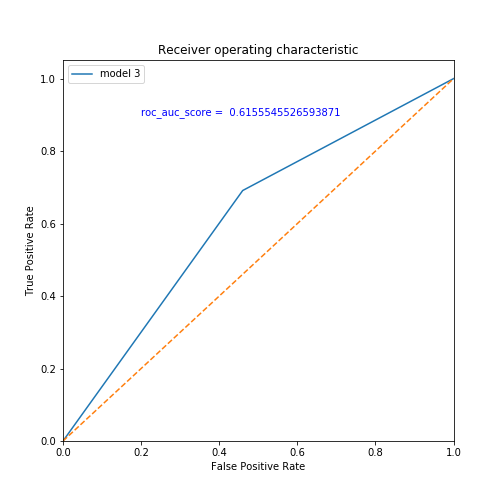The story of Chicago
A story about the most populous city in the U.S state of Illinois, one of the most concerned states by foodborne outbreak.
Data from Chicago Open Data
Repartition of Chicago food facilities.
Source: Chicago Open Data
Chicago is home to more than 20,000 food establishments like restaurants, grocery stores, bakeries, and more. In order to prevent the spread of food-borne disease, inspections are periodically performed by a team from the Chicago Department of Public Health’s Food Protection Program (Source: Chicago Goverment).
- 2 main types of inspections were considered: Routine Health Inspections (canvas) and Complaint- Based Health Inspections (complaints and inspections due to food poisoning).
- The frequency of these inspections is based on the risk level assigned to the establishment. This risk depends on the types of food prepared and the methods used for preparing and serving the food. In general, risk 1 establishments are inspected twice per year, risk 2 establishments once per year, and risk 3 establishments every other year.
- An inspection can pass, pass with conditions or fail (source: Chicago Government).
The pie charts below illustrate the repartition of each of the introduced characteristics.
Between 1940 and 1960, the amount of mail doubled in The United States. In 1963, the Zone Improvement Plan divided the country into ten regions and assigned 5 digits increasing in specificity, from region to large sorting centers. The two first digits associated with city of Chicago zip code are 60. The 3 last digits are specific to post offices or delivery areas. For data analysis, the ZIP Code Tabulation Areas (ZCTAs) are often used instead of postal zip codes. These are approximate area representations of U.S. Postal Service (USPS) ZIP Code service areas that the Census Bureau creates to present statistical data from Census.
ZIP codes divisions can be helpful for visualizing spatial inequalities in Chicago. As each zip code has a different number of facilities, one needs to remove this bias. To do so, we will normalize the facilities count as follows: definition of proportion: #facilities with feature (i) per zip code / #total facilities per zip code.
Inspections and food poisoning
The Model Food Code developed by the U.S. Food and Drug Administration (FDA) has been adopted by many States with respect to inspection practices and report forms. Many jurisdictions now make inspection results available online, allowing consumers to view the results when considering where to dine.
But the extent of how useful this information will be to reduce the risk of food-borne illnesses is still unknown.
Is there a link between the inspections' features and food poisoning?
This factor is reflected by the risk level attributed to each facility. More than 80% of the facilities inspected for suspected food poisoning are associated with a high risk level. Also, almost none of them are associated with a low risk level which shows the consistency of this risk scale.
The risk
Some foods are more at risk of bacterial growth than others. Therefore, if they are not correctly cooked, there is a higher chance that they might cause a food-borne illness. Using the dataset National Outbreak Reporting System, one can point out the foods that cause the highest number of food-borne illnesses.
The map below shows the proportion of facilities associated with a high risk level for each zip code.
Proportion of facilities associated to a high risk level for each zip code.
Source: Chicago open data
In order to investigate the link between the risk level and food-borne illnesses, we decided to visualize the relationship between the proportion of facilities associated with a high risk level and the proportion of food poisoning within a zip code.
Curiously, even if the area associated with the zip code 60827 (marked in the plot) has the lowest proportion of high risk facilities, a large amount of inspections due to food poisoning can be observed. The 60827 zip code is associated with a community called Riverdale. Riverdale is one of the hardest neighborhoods in the city and is considered as one of the most dangerous communities. It is known to struggle with high unemployment, poverty and gang violence.
The Chicago Community Area of Riverdale includes Altgeld Gardens, a public housing development once dubbed Chicago's toxic doughnut due to having the highest concentration of hazardous waste sites in the nation (source). Therefore, the large amount of inspections due to food poisoning reported in this area could be explained by water contamination. In fact, water contamination leads to a poor cleanliness (contaminated cooking tools, food..) which may increase the poisoning cases even though the facilities have safe food preparation habits. Thus, Riverdale could be considered as an outlier. After removing this outlier, a Spearman's correlation was run to determine the relationship between the proportion of facilities associated with a high risk level and the proportion of inspections due to food poisoning. There was a weak, positive monotonic correlation between these two parameters reflected by a significant coefficient equal to 0.4 (n = 51, p < 0.05).
Violations
Each violation have a number which refers to a particular category. The Chicago Food Reporting Inspection System distinguish between 3 type of violations.
- From 1 to 14 : Priority (P) Violations, which are critical can create an immediate health hazard that carries a greater risk of causing food-borne illness. The facility needs to correct immediately this kind of violation during the inspection otherwise the license business is suspended.
- From 15 to 29 : Priority Foundation (FP) Violation, which are serious can create a potential health hazard. If not immediately corrected , the inspection fails.
- From 30 to 44 + 70 : Core Violation (C), which are minor do not pose an immediate threat to the public’s health.
The size of the bubbles reflects the ratio between the frequency of violations associated with food poisoning inspections and the frequency of violations with other kind of inspections (canvas and complaints). The plot shows the most frequent violations commited during food poisoning inspections.
Yellow: Core violations, Orange: Priority foundation, Red: Priority violations. Source: Chicago open data


